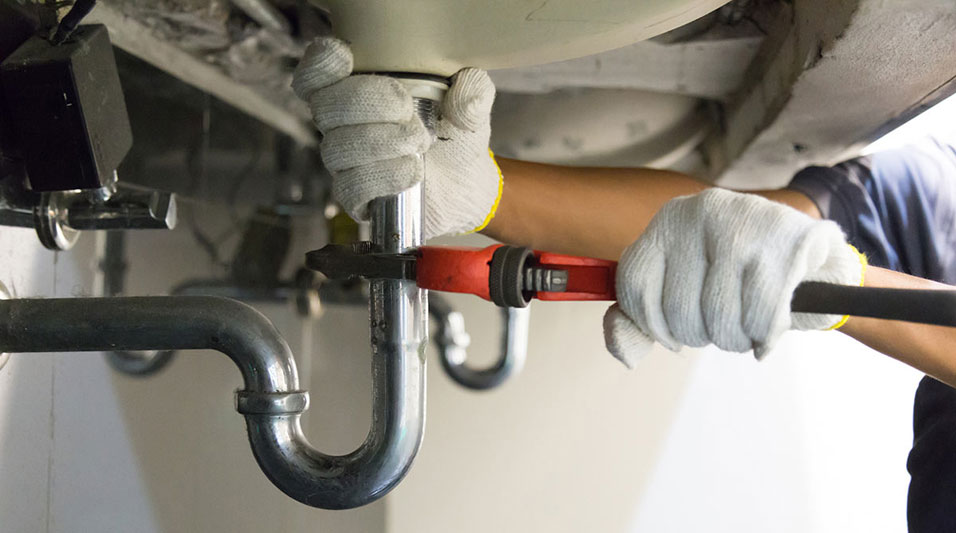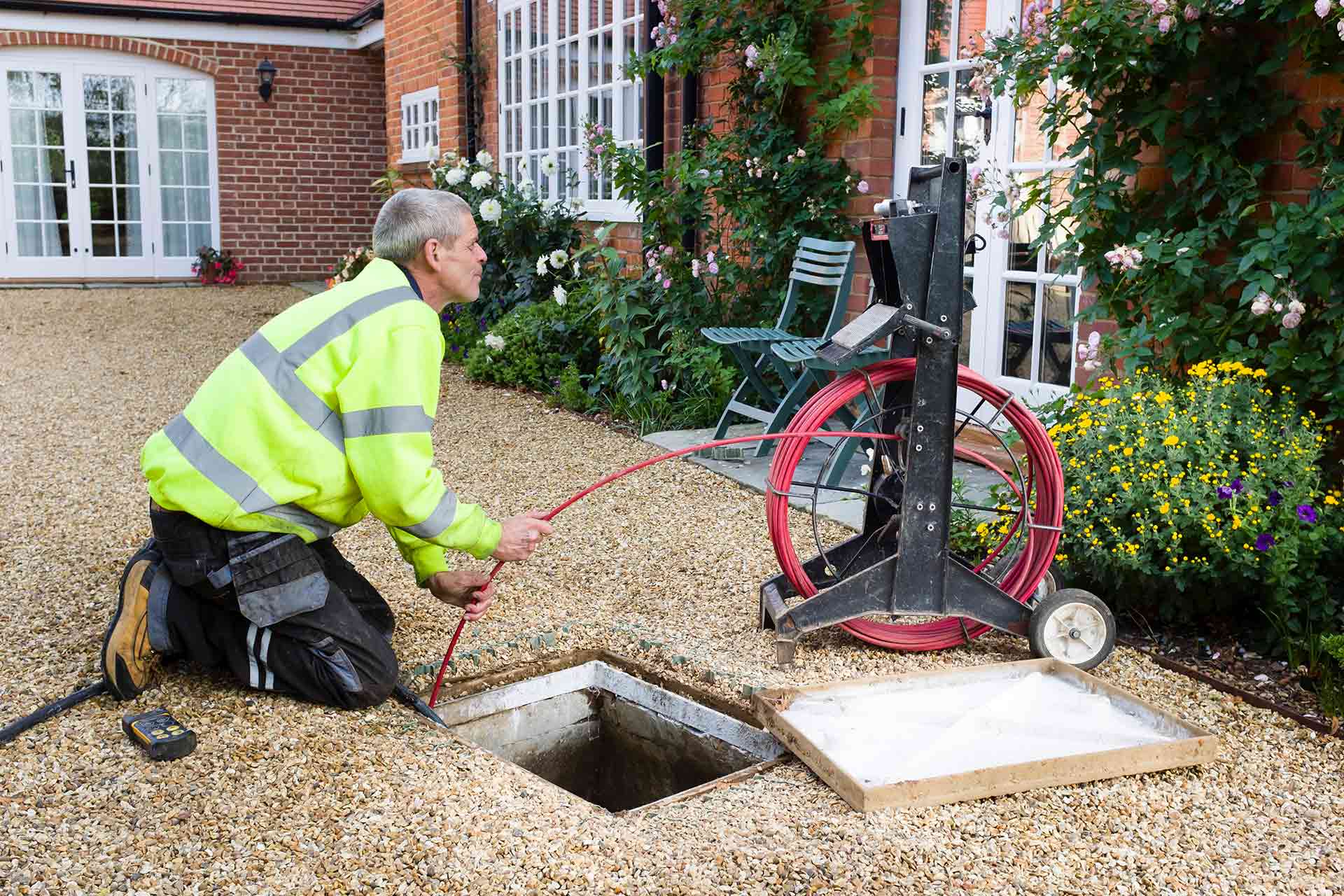Actions to Follow for Fixing a Blocked Drain Before Calling Plumbing Experts
Actions to Follow for Fixing a Blocked Drain Before Calling Plumbing Experts
Blog Article
We've found the article on Tips for Dealing with Clogged Drains and Sewer Lines directly below on the internet and concluded it made good sense to discuss it with you on my blog.

Intro
Managing an obstructed drainpipe can be an aggravating experience, disrupting daily activities and potentially triggering damage to your home. Nevertheless, before reaching out to pipes experts, there are steps you can take to resolve the issue on your own. In this guide, we'll explore do it yourself services and safety nets to tackle an obstructed drain effectively.
Recognizing the Issue
The very first step in attending to a blocked drainpipe is acknowledging the indicators. Slow-moving drainage, gurgling noises, foul odors rising from drains pipes, or water backing up are common indicators of a blocked drainpipe. Determining these indicators early can help prevent even more difficulties.
Picking the Right Pipes Service
When picking a pipes solution, consider aspects such as experience, licensing, and customer reviews. Select a respectable plumbing technician with a record of top quality handiwork and clear rates methods.
Price Considerations
The price of professional drain cleaning company can vary relying on the intensity of the clog and the plumber's prices. Request quotes from numerous service providers and inquire about any service charges to make certain transparency and stay clear of shocks.
Security Measures
When trying DIY drain cleansing, prioritize safety and security. Wear safety gloves and eyeglasses to avoid contact with hazardous chemicals or germs. Never blend different drainpipe cleansing products, as this can create unsafe fumes.
Instance Studies
Real-life instances show the effectiveness of do it yourself remedies and the significance of timely specialist intervention in solving drainpipe obstructions.
Typical Root Causes Of Obstructed Drainpipes
Recognizing the factors that contribute to drain clogs is crucial for efficient resolution. Typical perpetrators consist of hair, soap scum, grease, food particles, and international items like hygienic products or paper towels. Tree origins getting into underground pipelines can additionally cause significant obstructions.
DIY Solutions
For minor blockages, a number of DIY solutions can be reliable. Putting boiling water down the drainpipe can aid dissolve oil and debris. Sodium bicarbonate and vinegar or a blend of salt and cooking soft drink can function as all-natural cleaners. Utilizing a plunger or pipes snake to displace blockages is one more option.
Devices and Equipment
Having the right tools handy can make do it yourself drainpipe cleaning up extra effective. A bettor is a functional tool for clearing clogs in sinks, toilets, and showers. A pipes snake or auger can get to much deeper blockages, while drainpipe cleansing chemicals can be used very carefully for persistent blockages.
Safety nets
To prevent future blockages, embracing preventive measures is critical. Set up drain guards or filters to catch hair and debris prior to they go into the pipelines. Frequently flush drains with hot water to liquify grease build-up, and stay clear of taking care of grease or strong waste down the drain.
When to Call a Professional
While do it yourself remedies can solve minor obstructions, certain indicators show the requirement for expert support. Relentless obstructions, foul odors in spite of cleaning efforts, or numerous drains backing up at the same time are red flags that warrant expert treatment.
Conclusion
By complying with the tips laid out in this guide, you can effectively tackle blocked drains pipes and protect against future pipes concerns. Whether choosing do it yourself remedies or looking for expert assistance, timely activity is essential to maintaining a healthy and balanced plumbing system and maintaining the honesty of your home.
How to Clear a Clogged Drain Yourself (And When to Call In the Professionals)
What Can Clog a Drain
Dirt Skin flakes Hair Grease Soap scum Food Offset pipes Tree roots Small objects Mineral buildup DIY Tricks to Unclog a Drain
You can fix this! Once you have identified the source of the clog (or have a vague idea), you can try one or a combination of these fixes in order to clear your plumbing.
Wire Hanger or Snake
Untangle and clear out hair from a drainpipe with a homemade snake. Use a straightened-out wire hanger with a 90-degree angle hook to locate the clog and drag out any unwanted material.
Remember not to push the clog further down to where the wire hanger cannot reach! If you need to follow up with a plunger, give it a try. Your efforts might be more successful after it’s been wire-snaked.
If you want to get fancy and don’t have a wire hanger to spare, head to the store and pick up a hand-operated drain snake. You can get one for $10-$30. It may save you the hassle, and provide additional length to reach deep into the clogged pipe.
Plunger
A cup plunger has a suction cup attached to a wooden handle. The rubber creates a seal around the drain, and increases the pressure force of the plunger.
Plunge for 30-second increments to loosen the clog. This may need to be repeated over the course of 15-20 minutes. Once plunged, run the water to flush the remaining material out of the drain.
Remember– never use a plunger if you have used a chemical drain cleaner. These chemicals can splash up from the force of the plunger and cause serious injury or burns.
Boiling Water
Hot water can sometimes break up materials into a flushable amount. Dirt, grease, and soap buildup requires heat in order to unstick from surfaces.
Take your kitchen kettle and heat your water to a boil. Once it reaches a rolling boil, pour it directly down the drain into the blockage. Carefully follow with plunging, if necessary.
Don’t worry if this takes more than one try! It can often take multiple kettles and repeated plunging in order to clear a particularly stubborn clog.
Chemical Drain Cleaner
As a last resort, pick up a bottle of chemical drain cleaner. Drain-cleaning chemicals are potent, and not very good for the environment.
You may need to wear protective eyewear in gloves before handling your bottle of chemical drain cleaner. Follow the instructions printed on the bottle, and flush with water as soon as the instructions allow. Do not follow with plunging.
Baking Soda and Vinegar
As a safer alternative to chemical drain cleaner, baking soda and vinegar can create a chemical reaction that clears tough clogs.
Combine one cup of cleaning vinegar with one cup of boiling water, and set aside. Once you have done this, pour half a cup of baking soda down the drain. Give the baking thirty seconds to settle and cover a large portion of the problem drain.
Following the baking soda, pour down your vinegar and hot water solution. Once the vinegar and baking soda combine, the mixture will bubble and fix. Let this reaction fizzle in the drain for about an hour.
After an hour, follow with a kettle’s worth of hot water. The heat and liquid should flush out any remaining material.
When to Call a Plumber
If your DIY attempts haven’t cleared your clog drain, it’s time to call in a professional. It’s not worth losing access to your kitchen sink or high-traffic bathroom. A clog in a vital area can keep you from the things you’d rather be doing, and derail your routine.
Anytime a clog is causing water to spread is a time to call in a plumbing service. What starts out as a little bit of water can quickly grow into serious, expensive water damage.
Additionally, a serious clog can result in burst pipes or serious leaks. Make sure you know when to take it seriously!
https://myguysnow.com/how-to-clear-a-clogged-drain-yourself-and-when-to-call-in-the-professionals/

I was made aware of that editorial about 8 Tips For Clearing A Blocked Drain from an acquaintance on another site. Enjoyed our blog? Please share it. Let someone else discover it. Thank you for your time spent reading it.
Call Today Report this page